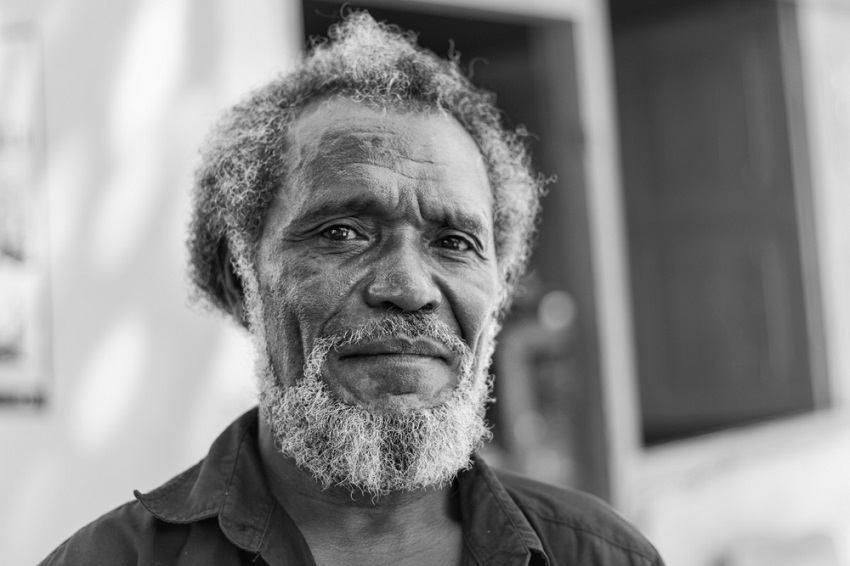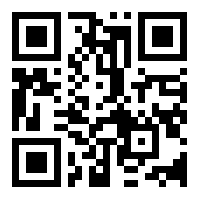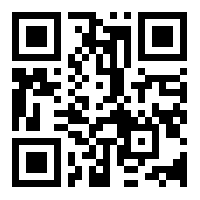Timor-Leste - ethnicity
Timor-Leste is a new born country in South East Asia located on the small islands with the area coverage of 14,847 square kilometers. The country consists of multi-ethnics such as Chinese, Arabians, and Indonesians etc. Some enter the country through immigrations. They settle down by marriage with the locals and have children living in that area (Andrea Katalin Molnar, 2010,p.9) Right now, there are 16 ethnic groups living all over Timor-Leste. The government divides these ethnics into two big groups as follows:-
- Austronesian people are 1.1 Tetun Terik 1.2 Mambai 1.3 Tetum Prasa 1.4 Kemak 1.5 Tokodede 1.6 Galoli 1.7 Naueti 1.8 Idate 1.9 Raklunga 1.10 Baikenu 1.11 Atoni 1.12 Waima’a 1.13 Midiki. In these 13 groups, the Tetun Terik and Mambai are the most majority of the group. (พรชัย สุจิตต์, 2557:15)
- Papuan people are 2.1 Makasai 2.2 Bunak 2.3 Fataluku 2.4 Makalero (พรชัย สุจิตต์, 2557:15)
Tetum Prasa and Mambai are two of ethnic groups that build their villages with the supernatural belief. Uma lulik is a house that represents as the villagers’ spiritual guidance. Every heritage is kept in this Uma luli. Additionally, once there is a relocation of the village, Uma luli is the first construction then other houses will be built respectively. (Andrea Katalin Molnar, 2010, p.10-11)
The social model in Timor-Leste is patriarchy which leads to feminism violation like domestic violence. Since most indigenous women usually depend on their partners (CULTURAL SURVIVAL, 2016) Therefore, women unavoidably have to submit to those abuses inflicted to them. Not until 3rd May, 2010, the national assembly of Timor-Leste passed the law against domestic violence, and then on 21st June 2010 Mr. Xanana Gusmão – the president at that time announced the law to be officially active.Multi-cooperations were well received from others government units including the United Nations. They helped spread the significance of this particular law to end the abuse against women in Timor-Leste (พรชัย สุจิตต์, 2557:47-48). Additionally, Timorese women are encouraged to be educated and acquire a job to raise their ability to live efficiently and simultaneously decrease the dependence on their partner.
Bibliography
Andrea Katalin Molnar. (2010). Timor Leste Politics,history,and culture. Newyork: Routledge.
CULTURAL SURVIVAL. (2016). Observations on the State of Indigenous. เรียกใช้เมื่อ 04 July 2016 จาก www.culturalsurvival.org Web site: https://www.culturalsurvival.org/sites/default/files/media/uprreporttimor-leste2016.pdf
พรชัย สุจิตต์. (2557). แนะนำประเทศติมอร์เลสเต. กรุงเทพมหานคร: เมืองโบราณ.


